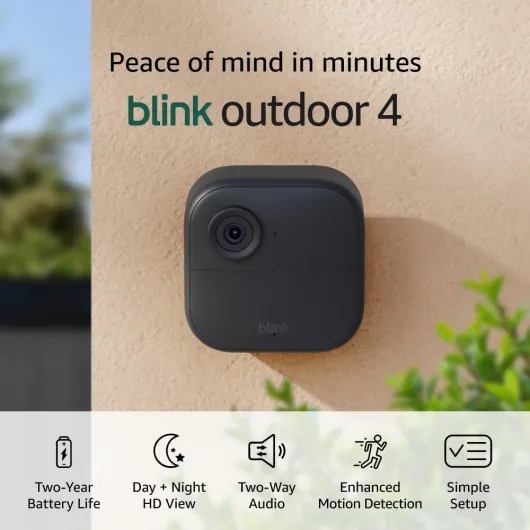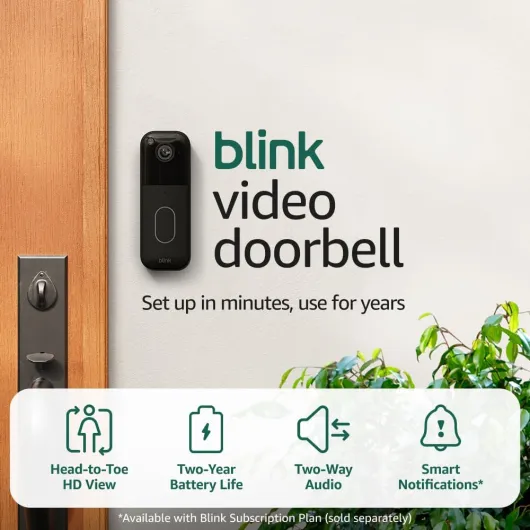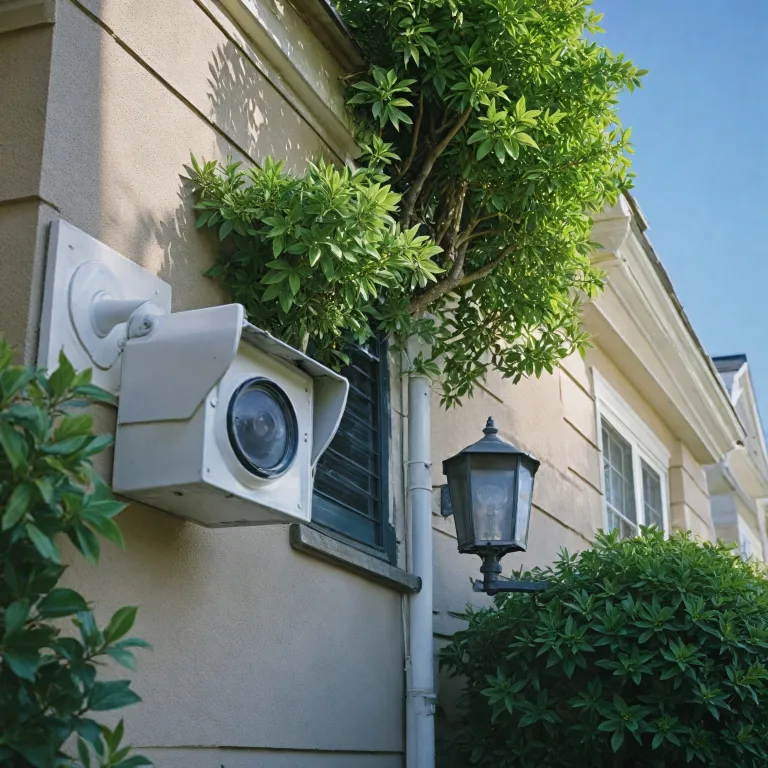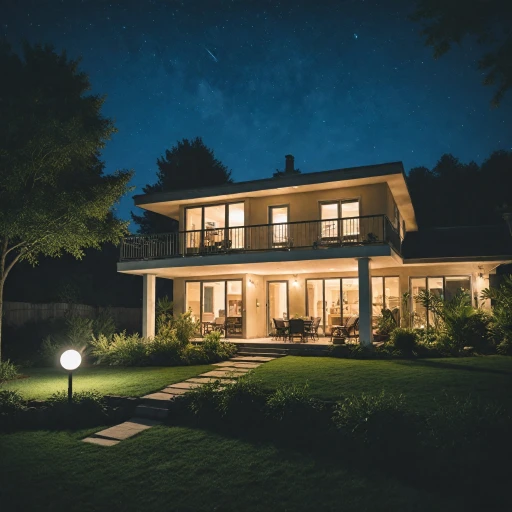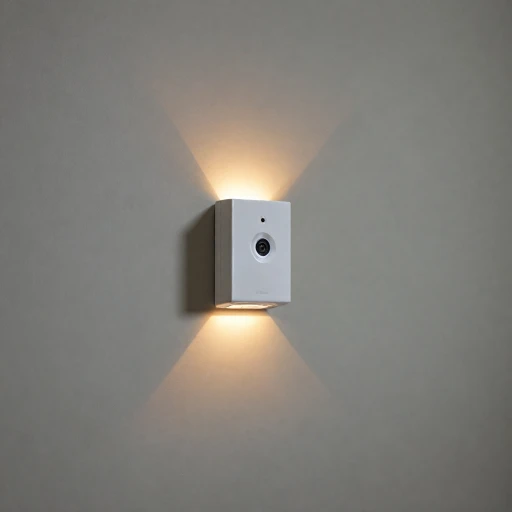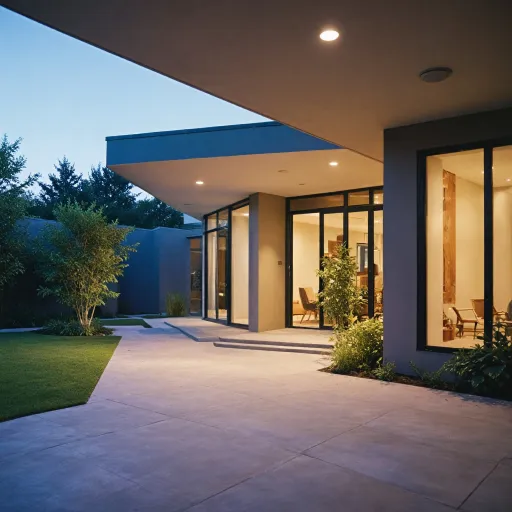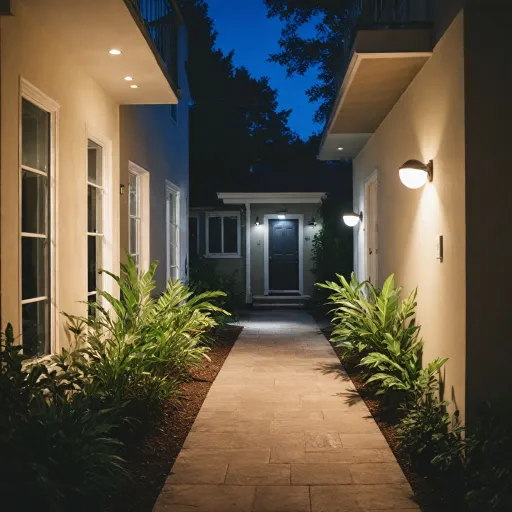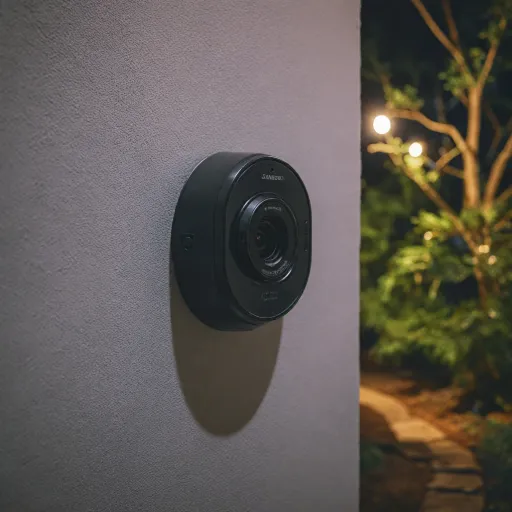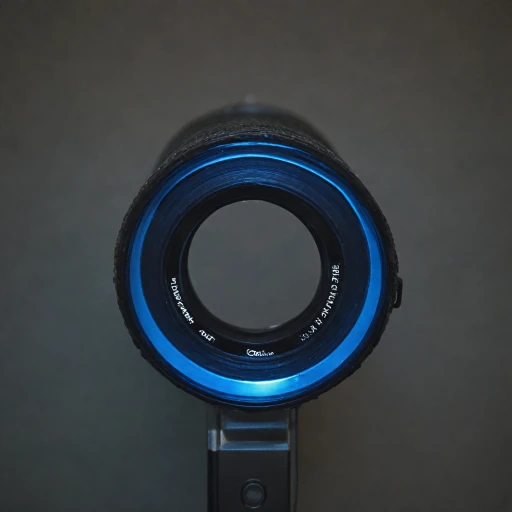
Understanding the need for security cameras without wifi
Why Consider Security Cameras Without Wifi?
Many people think of wifi security cameras as the default option for home or business protection. But there are strong reasons to look at security cameras without wifi—especially if you have concerns about network reliability, privacy, or simply want a more robust security system. Not every property has stable internet access, and some users prefer to keep their footage off the cloud for extra peace of mind.
Common Scenarios for Offline Security
- Remote locations without reliable wifi or cellular network coverage
- Desire for local storage on an SD card or hard drive, rather than cloud storage
- Concerns about hacking, data breaches, or unauthorized access to footage
- Reducing ongoing costs by avoiding a data plan or monthly cloud fees
- Preference for a wired or LTE/cellular camera setup for more reliable operation
Offline Cameras: Not Just for Rural Areas
Choosing cameras without wifi isn’t just for rural or off-grid properties. Urban users may want to avoid wifi congestion, or simply want a backup in case of network outages. Brands like Lorex and Reolink offer security cameras with motion detection, night vision, and even color night capabilities, all without needing a constant internet connection. Some models use a sim card for LTE connectivity, while others rely on traditional wired connections.
Balancing Price, Features, and Privacy
When considering price, it’s important to compare the regular price and sale price of different smart security options. Offline security cameras often have a higher upfront cost, but can save you money over time by eliminating cloud fees. Plus, keeping your footage on a local card or drive gives you more control over your data.
For those interested in the legal and practical aspects of using security cameras, including signage, check out this guide on security camera signs for your Ring camera.
Types of security cameras that work offline
Popular Offline Security Camera Options
When you need cameras that work without wifi, there are several reliable options on the market. These cameras are designed for areas with limited or no network access, and they offer a range of features to keep your property secure. Here’s a breakdown of the main types:
- Wired Security Cameras: These cameras connect directly to a recorder or monitor using cables. Brands like Lorex and Reolink offer wired systems that provide stable footage and often support high-definition video. Wired cameras are ideal for permanent installations and can be part of a larger security system.
- Cellular Security Cameras: If you need remote monitoring without wifi, LTE or cellular cameras are a smart choice. These use a SIM card and a data plan to transmit footage. They’re perfect for locations like construction sites or cabins. Keep in mind, the price can be higher due to the need for a data plan, but you gain real time access to your camera’s footage.
- Local Storage Cameras: Many cameras without wifi rely on local storage, such as a microSD card. This allows you to save footage directly on the device, without needing cloud storage. Some models offer motion detection and night vision, making them suitable for both day and night security.
Comparing Features and Costs
| Type | Storage | Connectivity | Night Vision | Motion Detection | Regular Price |
|---|---|---|---|---|---|
| Wired | Hard drive, SD card | Cable | Yes (color night in some models) | Yes | $$ |
| Cellular (LTE) | SD card, cloud (optional) | SIM card, data plan | Yes | Yes | $$$ |
| Local Storage | SD card | None | Yes | Yes | $-$$ |
Key Considerations for Choosing Cameras Without Wifi
- Evaluate the storage options: SD card, hard drive, or cloud storage (if you have occasional network access).
- Check for night vision and motion detection features, which are essential for smart security and real time alerts.
- Compare the regular price and sale price to find the best value. Some brands offer price save deals during promotions.
- Consider the installation process and whether you need a wired or wireless setup. For more on this, see this article on the importance of security camera cords.
Choosing the right camera without wifi depends on your property’s needs, your budget, and how you plan to access your footage. Whether you go with a wired, cellular, or local storage camera, you can secure your property effectively without relying on a wifi network.
Key features to consider in offline security cameras
Essential Capabilities for Offline Security Cameras
When choosing security cameras that work without wifi, it’s important to focus on features that ensure reliable protection and easy management. Unlike wifi security cameras, offline models depend on local connections and storage, so their capabilities can differ quite a bit. Here are the main aspects to look for:
- Wired or Cellular Connectivity: Cameras without wifi often use wired connections (like Ethernet or coaxial cables) or cellular networks (LTE cameras with a SIM card and data plan). Wired options, such as those from Lorex or Reolink, are known for stable footage transmission and fewer interruptions. Cellular cameras are ideal for remote areas without a wired network.
- Local Storage Options: Since cloud storage isn’t available without wifi, look for models supporting SD cards, microSD cards, or external hard drives. Local storage ensures your footage is accessible even if the network goes down. Some smart security systems offer large storage capacities, which is useful for longer retention.
- Motion Detection and Real-Time Alerts: Motion detection is a must-have for any security camera. Many offline cameras can trigger recording or send real-time alerts via a connected security system, even without wifi. This helps you capture important events without constant monitoring.
- Night Vision and Color Night Capabilities: Good night vision is crucial for security after dark. Some advanced cameras offer color night vision, which provides clearer details compared to regular infrared. Check the specs for night vision range and clarity.
- Power Source and Backup: Wired cameras usually need a stable power supply, while some wireless or LTE models come with battery or solar options. Consider what fits your property best, especially if you want uninterrupted coverage.
- Price and Value: Compare the regular price, sale price, and price save options among brands. While some systems may have a higher price upfront, they often save you money in the long run by avoiding monthly cloud storage fees or data plan costs.
For those considering extending their camera network in the future, using a wifi extender for home security can help bridge the gap between wired and wireless systems, offering more flexibility as your needs evolve.
By focusing on these features, you can select a security camera system that fits your property’s needs, works reliably without wifi, and offers peace of mind without ongoing costs.
Installation tips for non-wifi security cameras
Choosing the Right Spot for Your Camera
Placement is key for any security camera, especially when you’re working without wifi. Start by identifying the most vulnerable areas of your property, such as entrances, driveways, and backyards. Cameras like Lorex and Reolink offer wired and LTE/cellular options that can be installed in locations where wifi coverage is weak or unavailable. Make sure the camera has a clear, unobstructed view and is mounted high enough to avoid tampering.
Wiring and Power Considerations
Unlike wireless wifi security cameras, wired models require careful planning for power and data connections. If you’re using a camera with local storage, such as a microSD card, you’ll need to ensure easy access for footage retrieval. For LTE or cellular cameras, check that your data plan supports the expected amount of real time footage uploads. When installing, use weatherproof cables and connectors to protect your security system from the elements, especially if you want reliable night vision and motion detection features.
Mounting and Securing Your Equipment
- Use sturdy mounts and brackets designed for outdoor use to prevent theft or accidental damage.
- For smart security cameras with color night vision, avoid placing them directly under bright lights, which can affect image quality.
- Ensure that the camera’s field of view covers the desired area, adjusting the angle as needed for optimal motion detection.
Testing and Adjusting After Installation
Once your camera is installed, test its functionality during both day and night. Check that the footage is clear and that motion detection triggers as expected. If your camera uses a sim card for LTE connectivity, confirm that the network signal is strong enough for reliable operation. Regularly review your storage setup, whether it’s a local card or external drive, to make sure you’re not missing important footage due to full storage or technical issues.
Cost and Value Considerations
| Camera Type | Regular Price | Sale Price | Storage Option |
|---|---|---|---|
| Lorex Wired | $199 | $159 (price save) | Local storage (card/drive) |
| Reolink LTE | $249 | $219 (price sale) | Sim card, cloud storage optional |
When comparing cameras without wifi, consider both the upfront price and ongoing costs like data plans or storage upgrades. Investing in a quality security camera system can provide peace of mind and reliable protection, even without a wireless network.
How to access and manage footage from offline cameras
Retrieving and Managing Footage from Offline Cameras
When using security cameras without wifi, accessing and managing your footage requires a different approach than with wireless or cloud-based systems. Here’s what you need to know to keep your property secure and make the most of your investment.- Local Storage Solutions: Most offline cameras, including popular brands like Lorex and Reolink, rely on local storage. This usually means a microSD card, hard drive, or network video recorder (NVR). The storage capacity and type can impact the price and how much footage you can keep before it’s overwritten.
- Physical Access: To view or manage recordings, you’ll often need to remove the storage card or connect directly to the camera or NVR. Some systems allow you to connect via a wired network for easier access, but this doesn’t require wifi.
- Footage Management: Regularly check your storage to ensure it isn’t full. Many smart security cameras offer motion detection, so only relevant footage is saved, helping you maximize your storage without wifi or a data plan.
- Playback Features: Look for cameras with user-friendly playback options. Some models support real time viewing on a connected monitor, while others let you transfer footage to a computer for review. Features like color night vision and motion alerts can help you quickly find important events.
- Remote Access with Cellular: If you need remote access but want to avoid wifi, consider LTE or cellular-enabled cameras. These use a SIM card and data plan to send footage or alerts, but keep in mind the regular price and ongoing costs for data usage.
Tips for Efficient Storage Use
- Choose a camera with adjustable motion sensitivity to reduce unnecessary recordings.
- Opt for higher capacity cards or hard drives if you need longer retention periods.
- Regularly back up important footage to an external drive or computer for added security.
Privacy and security benefits of going wifi-free
Enhanced Privacy with Offline Security Cameras
Choosing security cameras that operate without wifi can offer a significant boost in privacy. Unlike wifi security cameras, which often rely on cloud storage and remote access, offline models keep your footage local. This means your video data is stored directly on a memory card or a wired network recorder, reducing the risk of unauthorized access through the internet.
Reduced Exposure to Cyber Threats
When your security system is not connected to a wireless network, it is less vulnerable to hacking attempts. Cameras without wifi, such as those from Lorex or Reolink, use local storage solutions like SD cards or hard drives. This setup helps protect your footage from being intercepted or stolen online, giving you more control over who can view your recordings.
Control Over Data and Storage
- Local Storage: Footage is saved directly onto a card or recorder, so you are not dependent on cloud storage subscriptions or data plans.
- Cost Savings: Without the need for ongoing cloud storage fees, the regular price of maintaining your security system can be lower. You pay the sale price or regular price for the camera and storage device, with no hidden costs.
- Data Ownership: With local storage, you have full ownership of your recordings. There is no third-party access unless you physically share the footage.
Reliable Security Even Without Internet
Offline security cameras, including wired and LTE/cellular models with a SIM card, continue to record even during network outages. This ensures your property is monitored in real time, and you can access footage directly from the storage device. Features like motion detection, night vision, and color night capabilities are available without relying on a wifi network.
Minimized Data Sharing
Smart security cameras without wifi do not transmit data to external servers. This minimizes the amount of personal information shared online, reducing your digital footprint. For those concerned about privacy, this is a key advantage over wireless, cloud-based systems.
| Feature | Offline Cameras | Wifi Security Cameras |
|---|---|---|
| Storage | Local (card, wired, recorder) | Cloud or local |
| Privacy | High (no internet exposure) | Variable (depends on provider) |
| Cybersecurity Risk | Low | Higher (internet connected) |
| Ongoing Costs | Low (no data plan or cloud fees) | Possible subscription fees |
